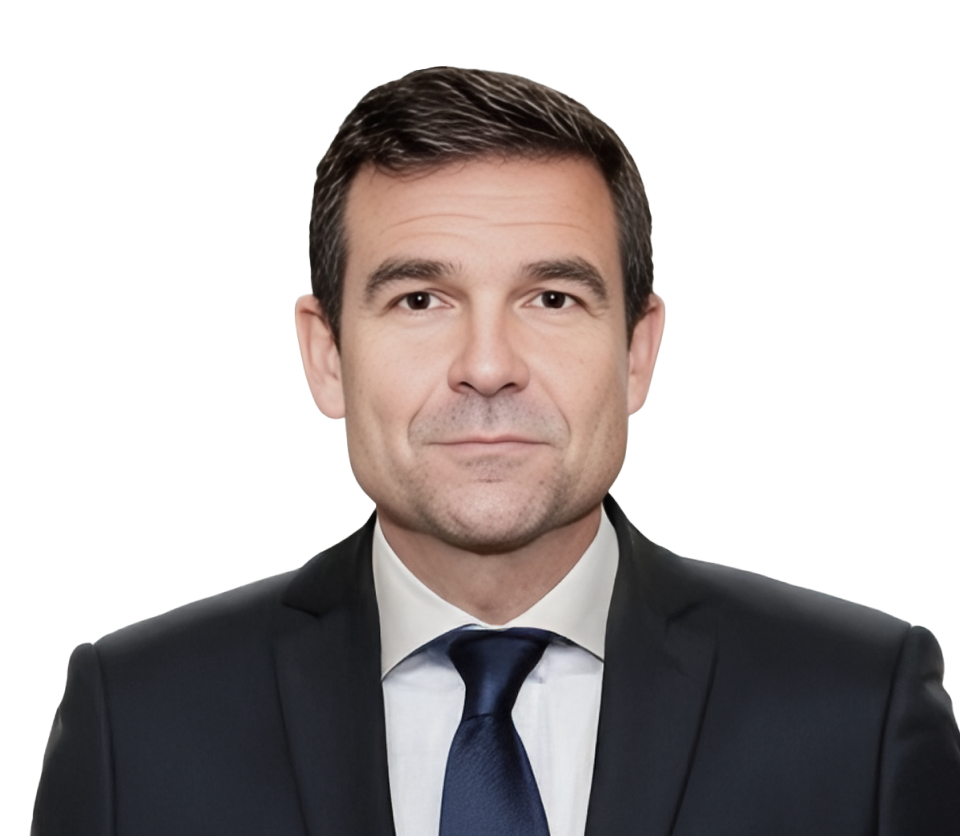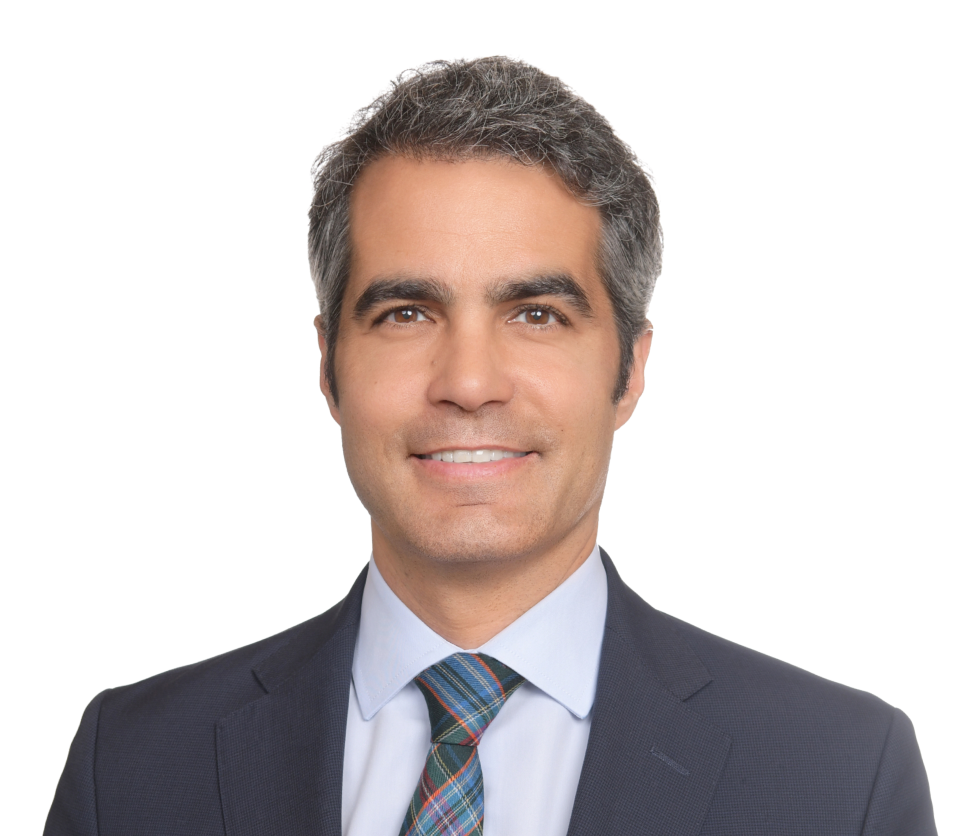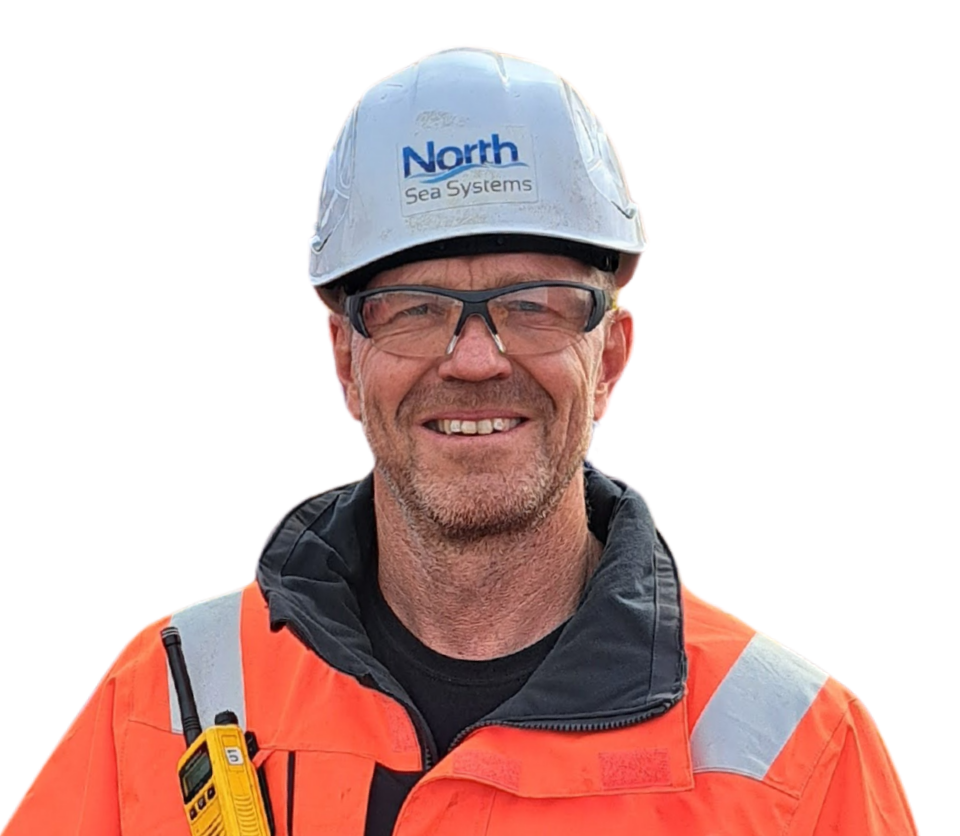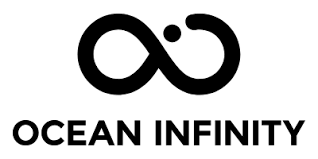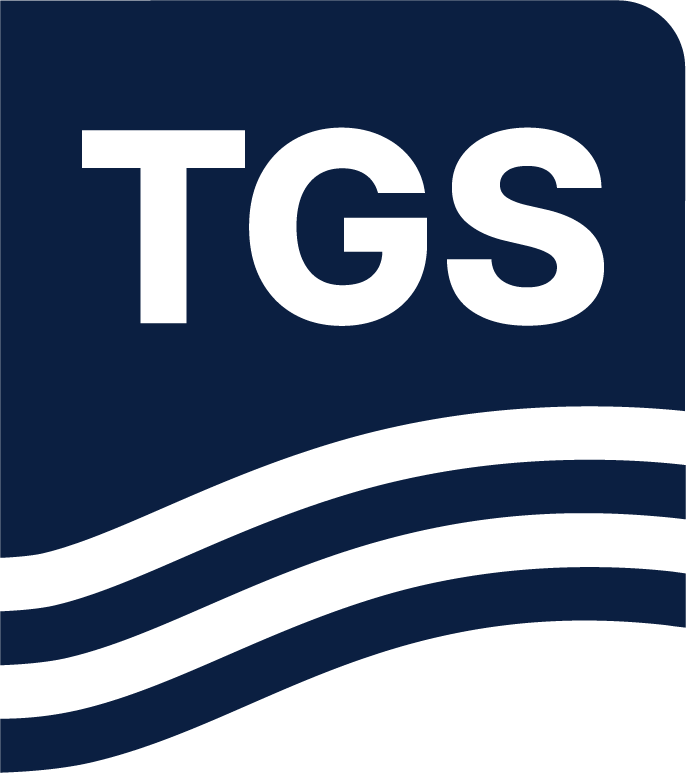Navigating Bottlenecks and Accelerating Growth
One of the industry’s most pressing concerns is the regulatory bottleneck that delays project execution. As subsea projects increase in scope and scale, existing permitting frameworks are often inadequate. Fragmented jurisdictional protocols, extended environmental reviews and the absence of centralised approval mechanisms contribute to significant lead times. This not only drives up project costs but also undermines regional competitiveness. Recent policy reforms in several regions have laid the groundwork for a more coordinated approach, introducing fast-track procedures, digital submission systems and fixed approval timelines to help subsea infrastructure projects advance without avoidable delays. While these reforms are still taking shape, their potential to reshape the regulatory landscape is clear.
Resilience and Security in the Deep Sea
Today’s submarine cable networks are no longer just physical links; they are critical infrastructure. Amid growing geopolitical tensions and increasing risks of accidental or intentional damage, resilience standards have become a strategic priority. New mandates are being introduced to establish best practices in cable route planning, fault detection and rapid repair logistics. There is also a stronger focus on collaborative governance, with maritime authorities, telecom regulators and private consortia working together to improve transparency and security along key cable corridors. Submarine Cables EMEA 2026 will examine how cross-sector partnerships are shaping these frameworks and strengthening accountability.
A New Layer of Digital Infrastructure Policy
What was once a predominantly technical sector now sits at the intersection of digital policy. Submarine cable stakeholders are increasingly required to meet a wider range of obligations, including environmental impact disclosures, ESG commitments, national security provisions and interconnection transparency. These evolving standards affect not only how cables are constructed, but also who is permitted to build them, where they may land and how traffic is managed. At the same time, global financial institutions are playing a more active role, demanding traceability and long-term sustainability metrics before investing in cable consortia. These shifts are creating a new form of investor discipline—one that is policy-aligned and risk-aware.
The submarine cable industry is now engaging more directly with policymakers and regulators than ever before. Stakeholders must be prepared to adapt to evolving compliance requirements and take advantage of opportunities created by progressive legislation. At Submarine Cables EMEA 2026, discussions will extend beyond technology to examine how regulatory convergence, and harmonised standards can support the next generation of global connectivity. Whether through transnational agreements, permit acceleration initiatives or mandatory resilience audits, the message is clear: policy is no longer a background issue. It is the foundation of the industry’s future.


